How to Keep Your Mineral Sites from Leaching in the Soil
Whether you’re using mineral to supplement any potential nutritional deficiencies in your deer herd or are using mineral to help you get pictures and inventory any hit list bucks for the upcoming fall, mineral sites can be highly effective. But what do you do if you hunt in an area where you hunting over a mineral site is considered baiting because of the mineral leaching into the soil? Don’t worry, all hope has not been lost! This article will discuss what you can do to prevent deer minerals from leaching and what you can do if you’re trying to restore an old mineral site so it is legal to hunt over.
How to Prevent Leaching
The easiest way to prevent getting yourself into any type of legal trouble where you are required to remove mineral sites is to prevent leaching from the start. Leaching of mineral sites generally occurs after your mineral gets rained on after sitting in one spot for any length of time. The mineral is still available to deer through the soil and that’s why you tend to see deer continually coming back to a mineral site even after the mineral has been depleted. So what can you do to prevent leaching?
There are a few things you can try to prevent leaching. First, you have to make sure that you are using mineral that can be removed from the site. This means that you shouldn’t be mixing mineral directly into the soil if you hope to hunt there in the fall. The second thing you need to make sure of is you are preventing any mineral contaminated rain water from reaching the soil. That is where most people get themselves into trouble. There are several ways you can do this.

Deer Mineral Site Setups That Prevent Leaching
Tub/Bucket: First, you can simply place your mineral in a shallow bucket or tub. Although this method can be effective, there are a couple of things you want to keep in mind. First, you have to remember to take the handle off the bucket if you choose to use one over a shallow tub. It may seem like a crazy possibility, but a deer might work that handle over its head and get the bucket stuck on its head. The other thing to keep in mind is a bucket on the ground can be easily tipped over. If there is any rain water in the bucket and it gets tipped over, then you will still have leaching issues. Burying the bucket in the ground will help provide stability while also still allowing you to remove the bucket when you’re ready. The same concept applies when using an oil pan but you need to monitor these oil pans because they may break if a deer happens to step in them and again, any break may lead to leaching.
Decaying Wood/Stump: Using an old tree stump that you can easily remove will also work for you. Finding a stump that has a depression where you can pour your mineral in is your best bet. You may want to test your stump by soaking it with water first to see if you’ll have any leaching issues. If you do, then you will need to safeguard by using a stump in conjunction with an oil pan or something that will help prevent the leaching. You can simply bury the oil pan and place the stump in it so everything can be removed.
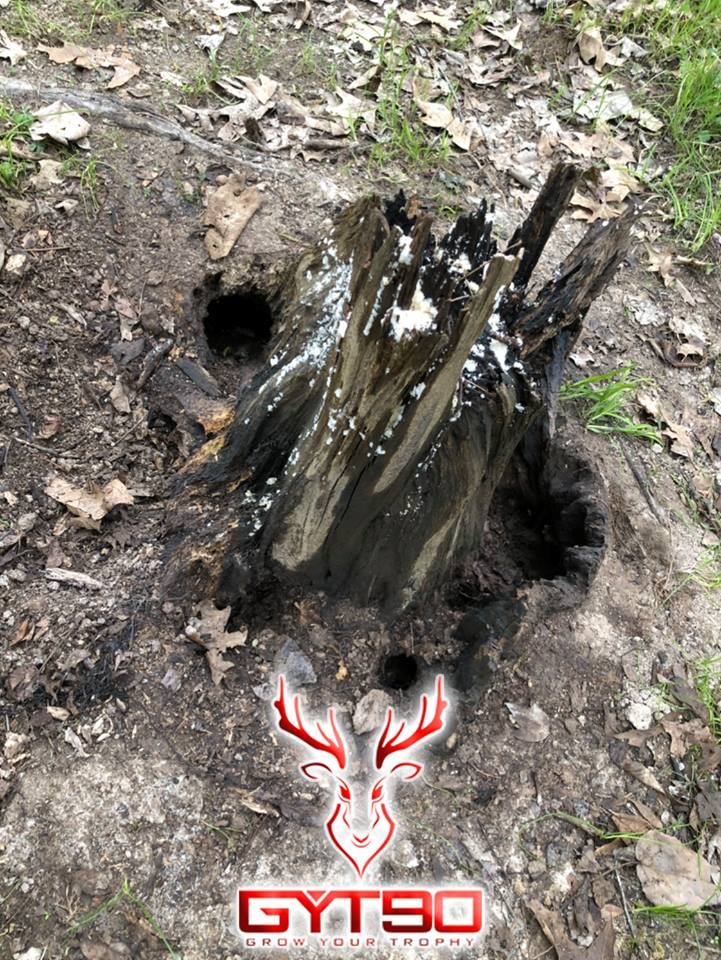
Combine with Feed: Another not so common way to keep minerals from leaching into the soil is by combining them with feed. Liquid deer mineral supplements and deer attractants that contain minerals can be incorporated into deer feed or corn. Simply mix the mineral with the corn or feed, coating it evenly in a bucket or tub. The feed shouldn’t go directly on the ground but instead into a trough, bucket, tub, or gravity deer feeder that doesn’t distribute the seed on the ground.
Regardless of what method you use, you will want to monitor these sites to ensure that you don’t end up with any leaching issues. You don’t necessarily need to check these sites daily or even weekly, but it isn’t a bad idea to check them after a big rain. Take an extra bucket with you in case you need to dump some rain water out. That way you can take it out of the woods and dump it somewhere safe where nobody will be hunting while still leaving the mineral in the woods. You can also replace any pans or buckets that may have developed a crack.
Reclaiming an Old Mineral Site
What happens if hunting over mineral sites suddenly becomes illegal in your area or what if you’re just trying to restore an old mineral site you’ve used for years but no longer want to maintain? You should first contact your local Conservation Officer to ensure you are doing things legally so you won’t be ticketed in the fall, but here are a couple of methods that generally work.
Whatever you do, don’t simply fill in the depression that’s been created by deer with dirt. Deer will still frequent the area and paw at the ground to get to any residual mineral that is left. Instead, you’ll have to invest a little more time and energy to reclaim your mineral site. The first thing you can do is to remove the soil where the mineral site was. Be sure to also remove soil immediately surrounding the site so you can be certain that you removed any minerals that potentially leached out. Next, it’s a good idea to fill the hole in with some type of gravel. Fill the hole about half- to three-quarters full. Then, if you want to be completely sure deer will not be access any leached minerals if there are any to be found, then place a piece of plywood on top of the gravel and place dirt on top of the plywood. Hopefully, you removed all of the leached mineral when you dug the hole, but if you didn’t then filling the hole in with gravel and plywood will prevent deer from being able to paw at the site to reach the leached minerals. Once deer become used to no longer having the minerals readily available, they will stop visiting the old mineral site.
Using supplemental minerals seems like an easy way to make sure deer are getting all of the nutrition they need and can be a fun way to capture photos and videos of bucks you’ll likely be hunting this fall. Whether you find yourself legally obligated to remove your mineral sites before the season, or would like to keep mineral sites and the ground beneath them intact keep these tips in mind for easy removal of mineral sites. This way you can still enjoy the benefits that supplemental mineral sites can provide throughout the spring and summer!



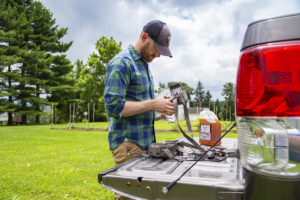
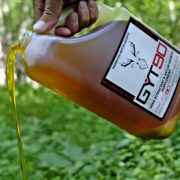
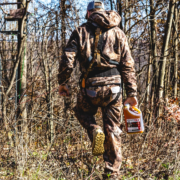
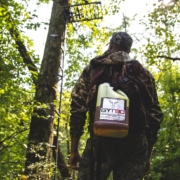
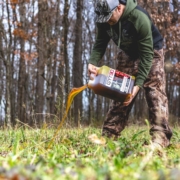
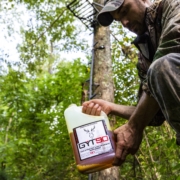
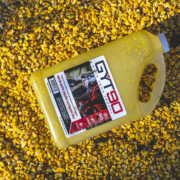
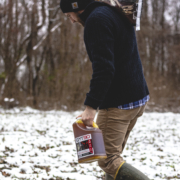
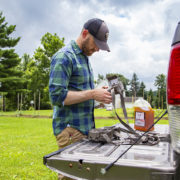


Leave a Reply
Want to join the discussion?Feel free to contribute!